- News
- 0 likes
- 10938 views
- 0 comments
Swing: A Music and Many Dances
Once upon a time, there was the story of the Swing dance family. "It don’t mean a thing if it ain’t got that swing", warned Duke Elllington in 1931. "It doesn't mean anything if it doesn't have swing". But what was Swing? What was shaking up the musical world so much that everything seemed meaningless next to it? In the late 1920s, jazz, a terrain of experimentation and development of revolutionary harmonic formulas, became the breeding ground for what was then called "Swing", the sway.
Swing is a style of jazz that originated in the United States and quickly became one of the most successful and popular genres of the 1930s. Its rhythmic structure is peculiar, hence the term "swaying", as the Swing effect is created from "syncopations", variations of non-binary rhythms that give an oscillating effect.
The Swing dance family mainly includes Charleston, Lindy Hop, Collegiate Shag, Balboa, Boogie Woogie, and Tap. However, the term "swing" also refers to all dances that evolved from other musical styles such as Blues, Ragtime, Jazz, Rock and Roll, or even Rhythm and Blues.
1.- Lindy Hop is Born in New York
One of the most emblematic is the Lindy Hop, which developed in the late 1920s and early 1930s at the 'Savoy Ballroom' in Harlem, New York. It combines improvised movements of African dances with the discipline of the 6 and 8-count structure of European dances.
2.- The Close Embrace of Californian Balboa
In the Balboa Peninsula in California, United States, Balboa was born, a contact dance that is mainly performed in a closed position and that emerged due to the lack of space on the dance floor.
3.- Playing and Dancing the Blues
Blues is an African-American musical style that developed in Mississippi in the late 19th century and gave rise to "blues dances", characterized by the richness of movements and a depth comparable to expressive body dances.
4.- Triumph and Joy of the Jolly Charleston
At the beginning of the century on the US East Coast, the Charleston dance emerged, initially a folk dance that in the 1920s began to be practiced for fun. Although it declined due to the fashion of tight skirts, years later, it became one of the dances adapted to the music of the 1930s.
5.- Collegiate Shag, the Dance of College Students
Shag is another style that is mainly danced in a closed position and spread across the United States, especially in the university environment, in the 1920s and 1930s. It includes jumps, kicks, and leg movements that give it an aerial and sporty appearance.
6.- Piano Basics and Vertigo Speeds for Boogie Woogie Dancing
Boogie Woogie, originated from a mix of jazz with blues and country, was very popular in the 1920s-1930s. Although current Boogie mostly features 6-count rhythms, Lindy has also integrated 8-count patterns, while Boogie has enriched Lindy with fast tempo figures and patterns.
7.- Instrument and Dance: the Cinematic Tap
Tap or tap dancing is the oldest of all styles, originating in the 18th century from the fusion of wooden shoe dances from England, Ireland, and Scotland with some Afro-American dances. It began to be danced by slaves and reached the United States during the Civil War, where the posture relaxed and American tap emerged, which left more room for improvisation. This style fully entered the era of the 1930s-1940s, where it became a hallmark of Hollywood musicals, and then resurfaced forty years later with great strength.
These dances, some more than others, fell into oblivion after World War II until the 1980s when they were rediscovered and popularized again in what some call the "second golden age of swing" and today experience an exceptional boom.
Although we have classified them based on prevailing opinions, definitions and historical versions are infinite depending on dancers, musicians, historians, or theorists, which only enriches the exceptionally rich culture of SWING.
Its unclassifiable and free nature could be exemplified in the following conversation. It seems that someone asked the great dancer Frankie Manning:
"Can you tell us what the 'Savoy style' of Lindy Hop is like?"
"Which Saturday night?" he replied.
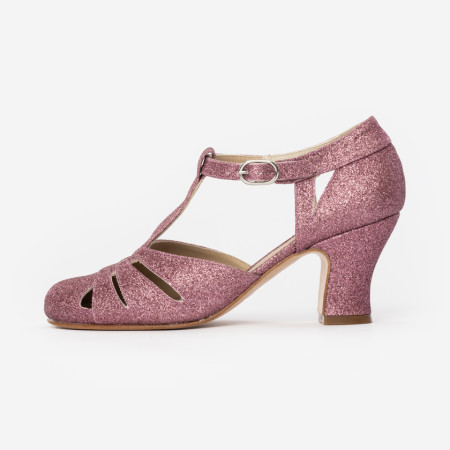



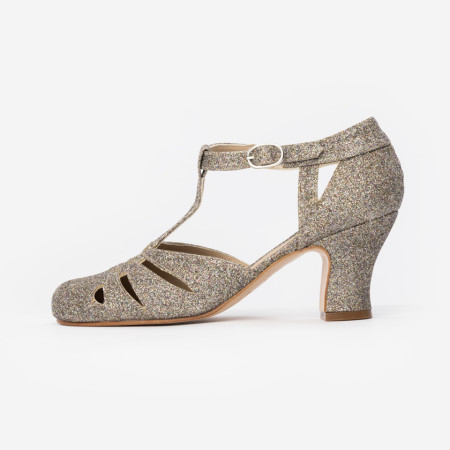

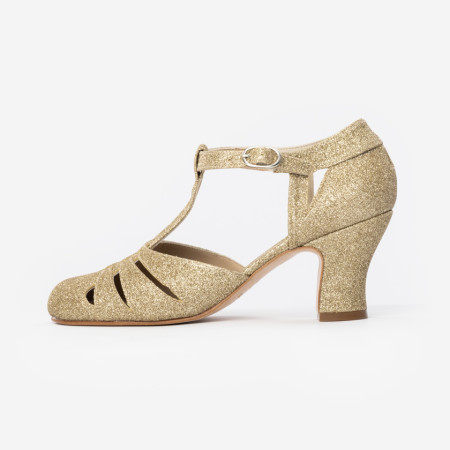

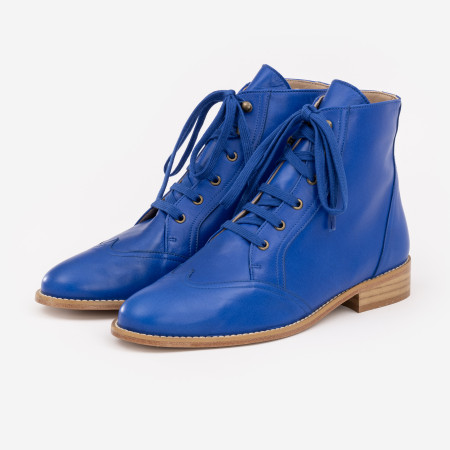

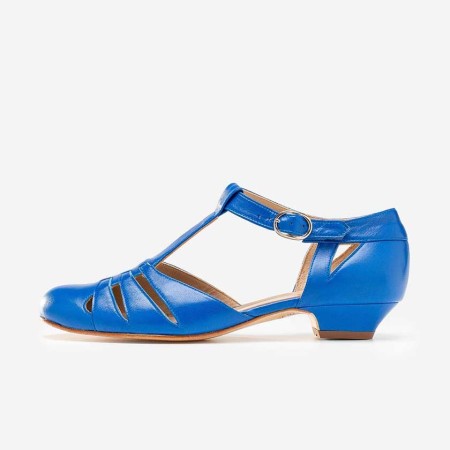





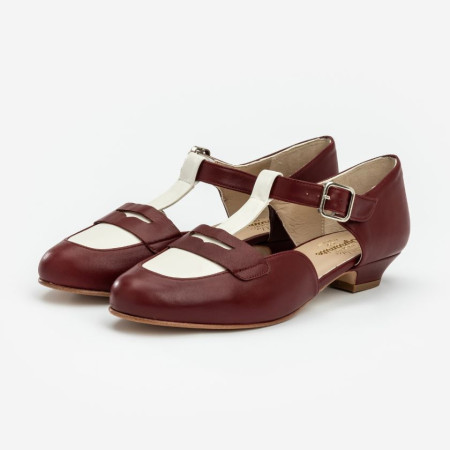

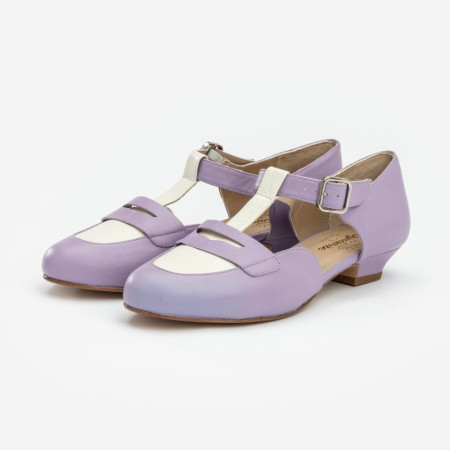

Comments (0)